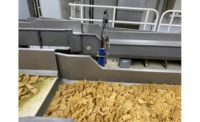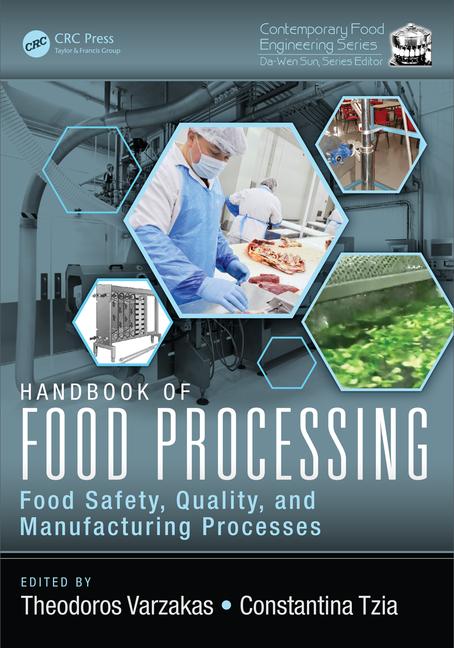Del Williams
High energy bills are a problem faced by convenience store chains across the country, with 24-hour operations requiring constant lighting, heating, cooling and refrigeration.
In the United States, a typical convenience store uses an average of 52.5 kilowatt-hours (kWh) of electricity per square foot each year. Compared to other commercial spaces, this is 3 times the average, with 24-hour locations utilizing up to 7 times the energy.
Add to this the steady increases in electricity rates and peak demand charges and convenience store owner/operators are increasingly seeking out new ways to reduce daily energy usage.
Although most of this focus has centered on refrigeration and lighting, one potential area for significant energy savings is too often overlooked: roller grills, heated merchandisers and soup warmers that make up the “hot food” section now in most stores.
This type of equipment utilizes vast amounts of electricity to generate the heat for cooking or to reach the ideal holding temperatures to keep food warm. However, inefficient or aging equipment often draws unnecessary electricity, warms food unevenly and even increases food waste.
As such, store owners and operators are making more careful decisions when upgrading equipment, including turning to more efficient “green” models. These units are designed to deliver up to a 20% reduction in energy savings, which equates to hundreds of dollars per unit each year in electric costs.
“Convenience stores often run their roller grills and heated merchandisers all day and night, so the more energy efficient the heating the lower the operating cost and higher the profit,” says Gerard Mahoney, Senior Manager of Branded Products at Nathan’s Famous, Inc., franchisor of the iconic hot dog brand known worldwide.
Lost heat = lost profit
Traditional roller grills run heating elements through about 8-15 hollow rollers (on which cylinder shaped food is heated, held, and served). The problem, however, is that heated air continuously escapes from both sides of the hollow rollers. This requires higher wattage heating elements, turned on more often, to maintain the temperatures needed for food safety.
In contrast, the most energy efficient grills today seal the ends of the hollow rollers. This prevents the heated air from escaping, and allows the use of significantly lower wattage heating elements, saving up to 20% in energy costs.
“The less heated air that escapes from the ends of the rollers, the less often the heating elements have to turn on, and the lower the required wattage,” says Mahoney. “That’s one of the reasons we turned to the energy efficient, sealed roller design of Creative Serving.”
 Creative Serving, a Union, NJ-based manufacturer of retail countertop food service equipment, utilizes heating elements with significantly lower wattage requirements than the industry norm.
Creative Serving, a Union, NJ-based manufacturer of retail countertop food service equipment, utilizes heating elements with significantly lower wattage requirements than the industry norm.
“For retailers with tight margins, saving a few hundred dollars a year in operating costs due to energy savings can be like found money in their pocket,” says Mahoney.
Improved roller grill design addresses another vital issue as well. The large amount of heat escaping the ends of open rollers can cause heat variances of up to 50ºF in traditional roller grills. In contrast, roller grills with sealed ends can reduce these variances to less than 20ºF and distribute heat more evenly.
“If you have a lot of heat variance in a roller grill, it can cause the product to over or undercook, to burn or fail to meet safety standards,” says Mahoney. “The roller grills with the sealed ends, however, provide a much more consistent temperature. This minimizes food waste and improves food safety.”
More efficient heated merchandisers
To keep the widest variety of foods hot and ready to serve, heated merchandisers attractively present these foods at the counter in displays of various sizes. In this category as well, there are a number of ways to substantially lower operating cost by enhancing energy efficiency.
Unlike open air merchandizers that heat food placed directly on an aluminum hot plate, one of the most energy efficient strategies is to use radiant heating in the shelves of an enclosed display that conserves the heat.
For instance, Creative Serving’s Infinity Series of heated merchandizers uses this approach, while incorporating a durable stainless steel exterior and serving area. To achieve this, aluminum is sandwiched between the stainless steel surface and the heating element. This takes advantage of aluminum’s excellent heat transfer properties and stainless steel’s superior longevity, cleanability, and finish.
Another energy efficient strategy, incorporated by the series as an option, involves using mirrored rear doors. These reflect heat back into the serving area, yet allow behind the counter staff to prepare, place, and store food items for customers to “grab and go” as needed. This approach enhances energy savings, hold times, and product display.
When counter space is quite limited, very compact heated merchandisers can be deployed. However, traditional units can be underpowered in terms of heating.
“In terms of heated merchandisers, the smallest countertop models sometimes offer just static heat with one heating element and a light bulb,” says Mahoney.
So when Mahoney oversaw the development of a new Nathan’s Famous pretzel dog product for convenience stores, he turned to Creative Serving’s Mini, a 12” wide, three-shelf, heated merchandiser that can reach temperatures up to 180°F.
To conserve energy, the unit’s convection heating system circulates air through small holes in the shelves.
“The Mini saves energy while reaching and holding safe HACCP serving temperatures,” says Mahoney.
According to Mahoney, another aspect that convenience store owners appreciate is the ability to easily place and remove magnetic signs, provided by their vendor, on the unit’s front. “To generate point of sale interest, they put magnetic signs advertising flavors, pricing and such on the front of the unit, then put them on the back for storage,” he says.
“Any c-store or vendor using roller grills or heated merchandisers will be surprised at how energy efficient and easy to use they are becoming,” concludes Mahoney. “When food service is not the only profit and loss category they are responsible for, that is important.”
About Creative Serving
Creative Serving designs, engineers, and builds custom branded merchandising systems including state-of-the-art Ruff Rider Roller Grills, Infinity Heated Merchandisers, Hot or Chilled Condiment Bars, Soup Merchandising Equipment, Mini Push Cart Steamers, Food Warmers, and other Personalized Food Service Equipment.








